What’s the first thing you think to look for when you hear the phrase ‘check your breasts’? It’s often the idea that you’re looking for a lump. Right? Did you know that there are actually 12 symptoms of breast cancer that can help you be more confident to report a persistent breast change? We bet you also didn't know that the changes to look out for are very similar for both women and men.
October is Breast Cancer Awareness Month, an annual campaign to raise awareness about the impact of breast cancer. Did you know that 1 in 25 women are diagnosed with breast cancer in South Africa?
As a brand that creates intimates - it seemed fit for us to use our platform to talk about breast cancer and use the month of October to simply be breast aware - because if you grow them, you should know them.
So, what should my breasts feel like?
Firstly, it’s important to acknowledge that only you can really know your breasts. The way breasts look and feel will vary for every person. That is why it is so important to be breast aware as this will ensure you can acknowledge a change - if there is one. Remember, October is a reminder to check your breasts - but checking should be made part of your monthly routine.
“Forty percent of diagnosed breast cancers are detected by women who feel a lump, so establishing a regular breast self-exam is very important.”
SOURCE: NATIONALBREASTCANCER.ORG
How should A breast self-exam be performed?
In the Shower
With the pads/flats of your 3 middle fingers, check the entire breast and armpit area pressing down with light, medium, and firm pressure. Check both breasts each month feeling for any lump, thickening, hardened knot, or any other breast changes.
In Front of a Mirror
Visually inspect your breasts with your arms at your sides. Next, raise your arms high overhead.
Look for any changes in the contour, any swelling, or dimpling of the skin, or changes in the nipples. Next, rest your palms on your hips and press firmly to flex your chest muscles. Left and right breasts will not exactly match—few women’s breasts do, so look for any dimpling, puckering, or changes, particularly on one side.
Lying Down
When lying down, the breast tissue spreads out evenly along the chest wall. Place a pillow under your right shoulder and your right arm behind your head. Using your left hand, move the pads of your fingers around your right breast gently covering the entire breast area and armpit.
Use light, medium, and firm pressure. Squeeze the nipple; check for discharge and lumps. Repeat these steps for your left breast.
What does a lump feel like?
A new lump is one of the most common signs of breast cancer. Lumps that are breast cancer can vary. For example, they may be painless or painful. Lumps can also be a sign of a benign (non-cancerous) breast condition. However, if you have found a new lump or breast change, it is important to see your doctor so that it can be checked by a health professional.
When should I see a doctor?
A breast change doesn't always mean it is ‘cancer’. However, being breast aware is invaluable and if you do see a sign, have a symptom, don't feel right or simply just want to be sure - we encourage it! Early detection gives the best possible chance of survival if you are diagnosed with breast cancer.
It is important to remember that breast awareness does not replace having regular mammograms and other screening tests as recommended by your doctor. Some people diagnosed with breast cancer have signs or symptoms. However, some women have no signs/symptoms and the breast cancer is found during a screening mammogram.
How often should I get a mammogram?
In general, women should have a yearly clinical breast examination by a doctor beginning at age 20 and start having annual mammograms beginning at age 40.
If you experience any breast symptoms or unusual changes, see your doctor without delay.
If you have a strong family history or you are concerned that you may have an increased risk of breast cancer, always talk to your doctor. Your doctor will help you assess and manage your breast cancer risk and will advise of any additional precautions or screening you may require.
Mammograms are recommended for male breast cancer screening in men over the age of 40. However, other tools to check include a clinical breast examination, an ultrasound and a biopsy.
So, do men get breast cancer?
So many people assume breast cancer affects women only. Breast cancer affects both men and women, because men and women both have breast tissue. Male breast cancer is rare, accounting for 1% of all breast cancers in South Africa. If you are a man or are reading this and have men in your life - it is important to make them always aware and let them know that if there are any new and unusual changes to their breasts - they should be aware and seek attention.
Our platform is open to #EveryBoody
For the month of October, we will use our platform to talk to breast cancer awareness and share insights through personal stories. Our platform is open to #EveryBoody. If you have a story you would like to share, want to share someone else's story or have someone you want to give a shout out to - please reach out to us. We would be honoured to share your story and your message. As one of the most common cancers in the world and a cancer that has touched so many in one way or another - simply starting the conversation and education pieces like this will help lead to an increased awareness.
You may also like
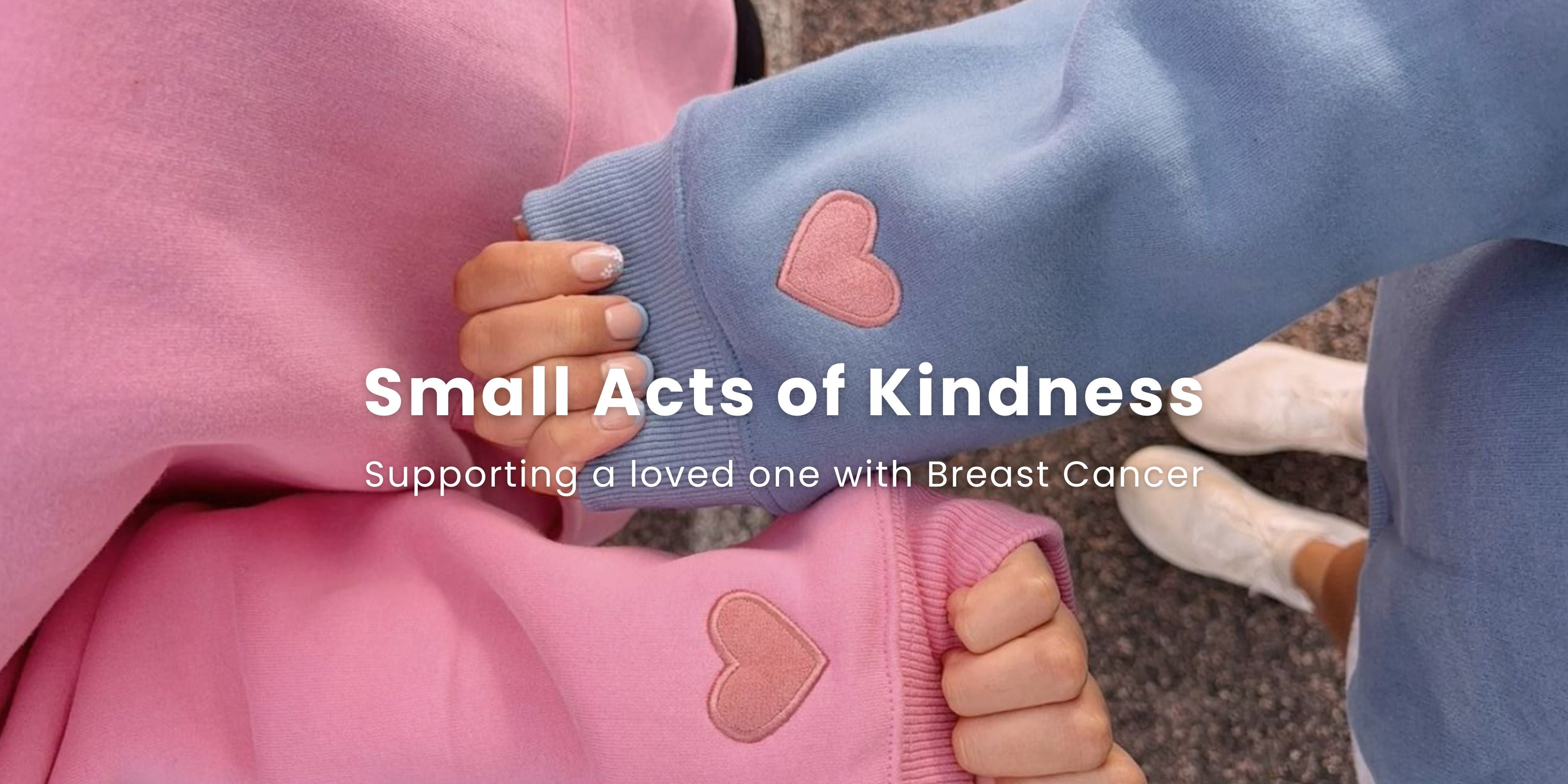
When a loved one is diagnosed with breast cancer, it can be hard to know what to do or say. You want to help, but the journey is so personal that it’s natural to feel unsure. The truth is support d...
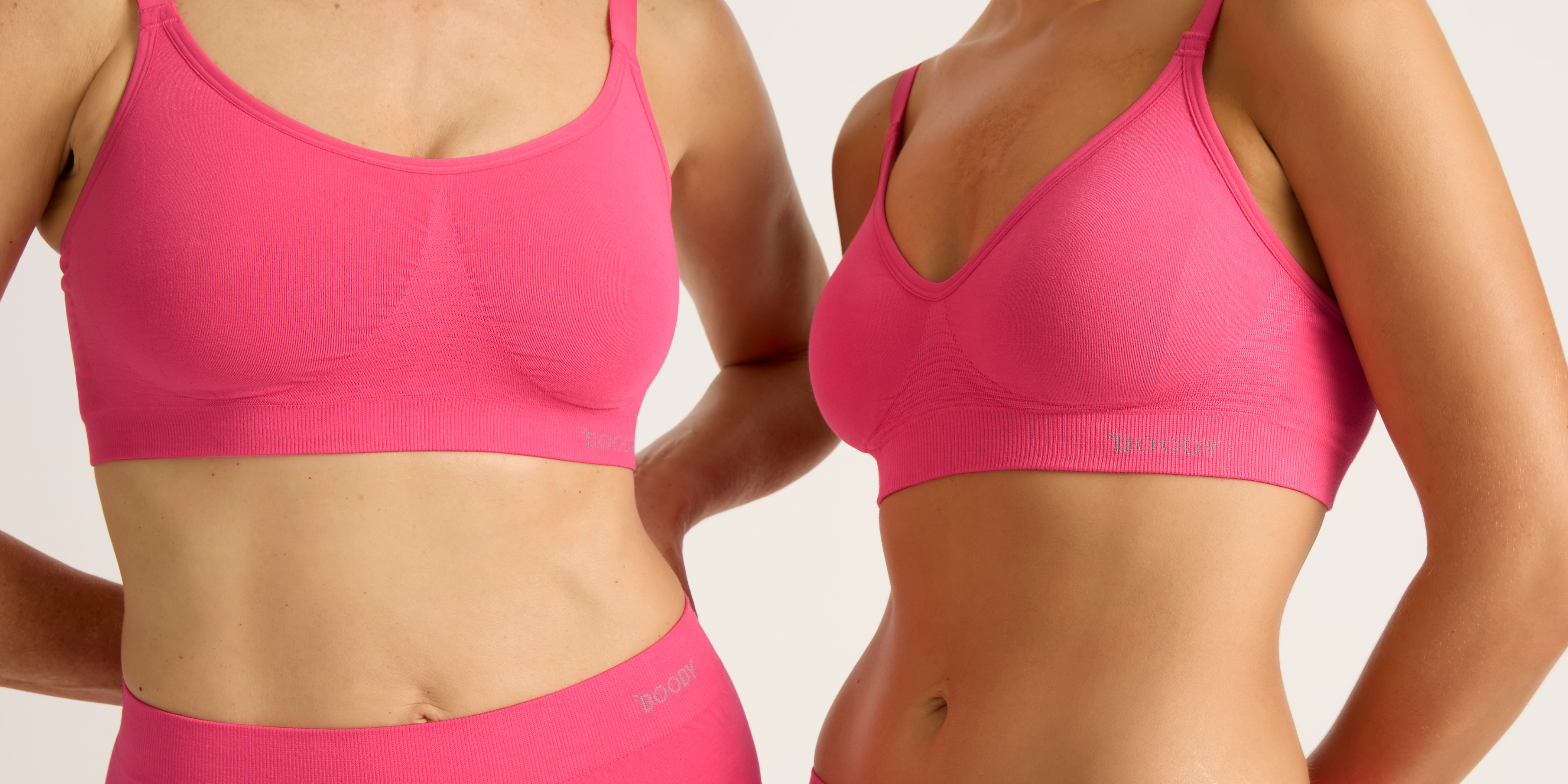
October is Breast Cancer Awareness Month When you think about breast cancer recovery, what comes to mind first? For many, it’s the treatments, the check-ups, or the support of loved ones. But...
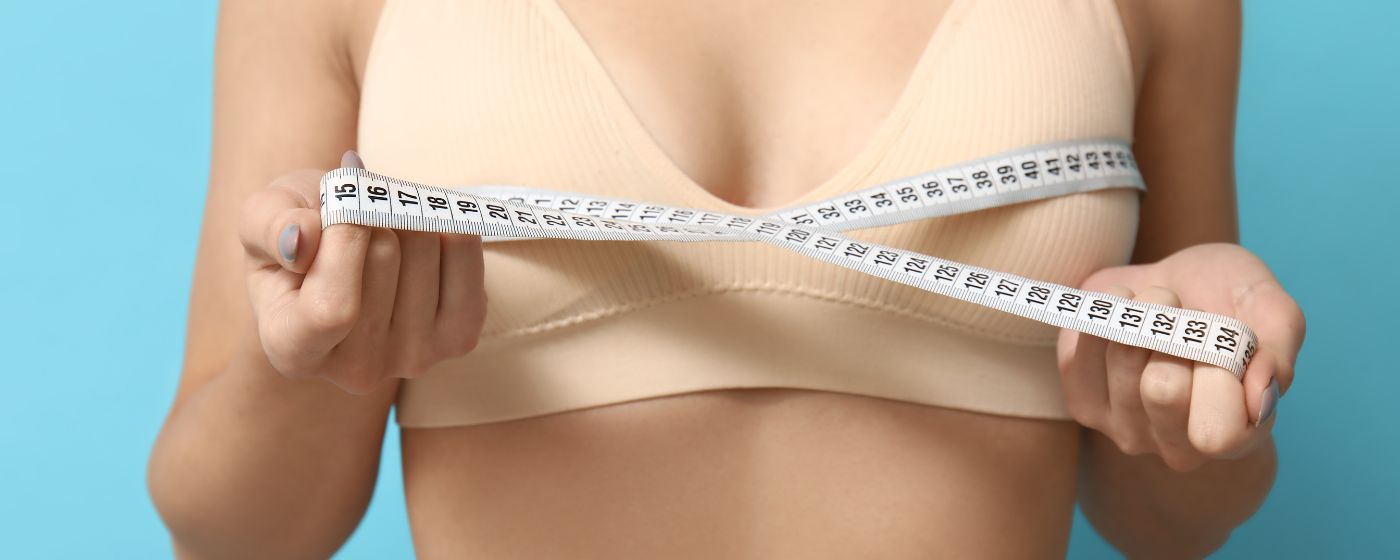
Whether you’re buying your first or five-hundredth bra, finding the right size can be a pain. Too tight, and you’ll face itchy straps and poking wires. Too loose, and you’ll have zero support and f...
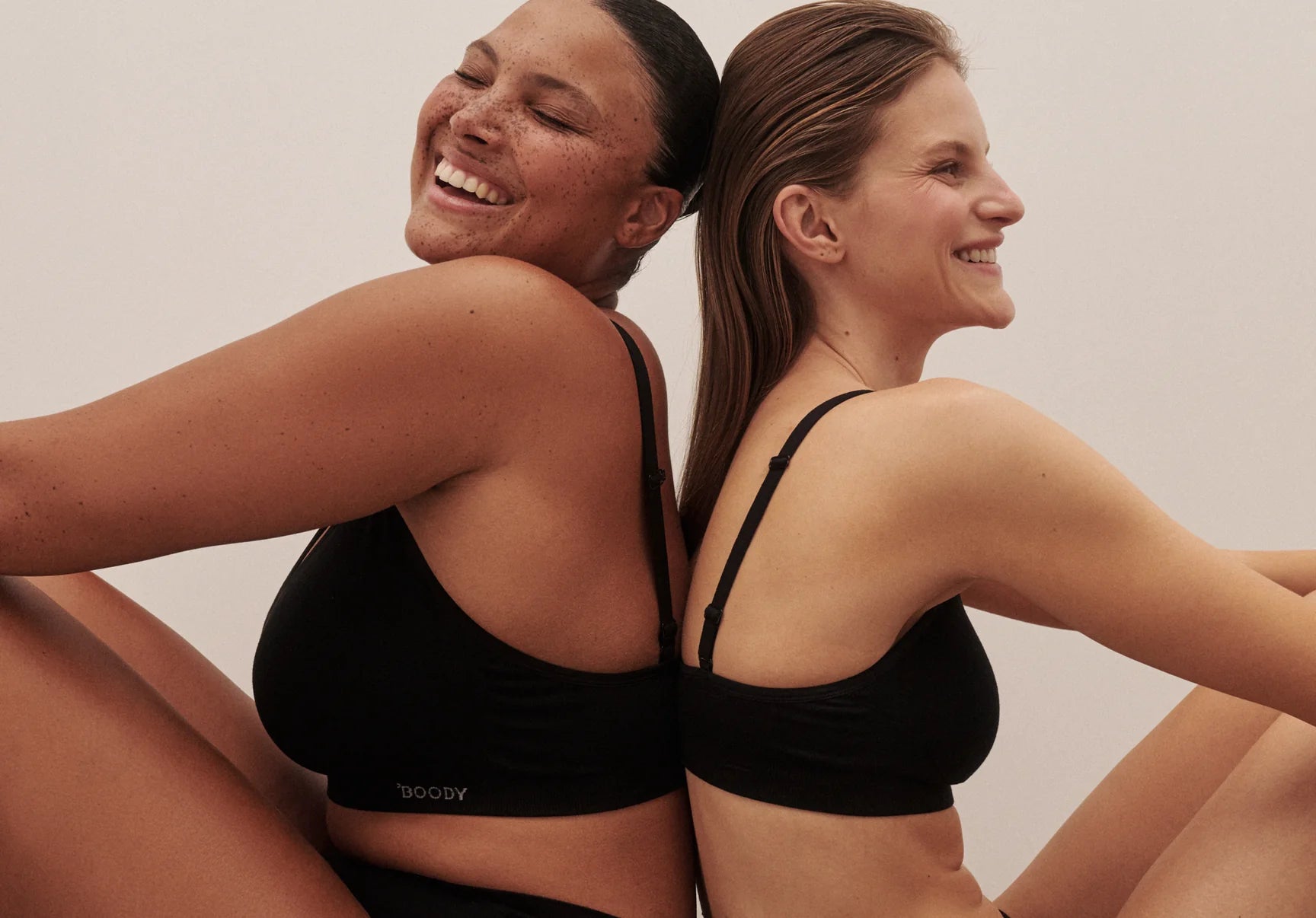
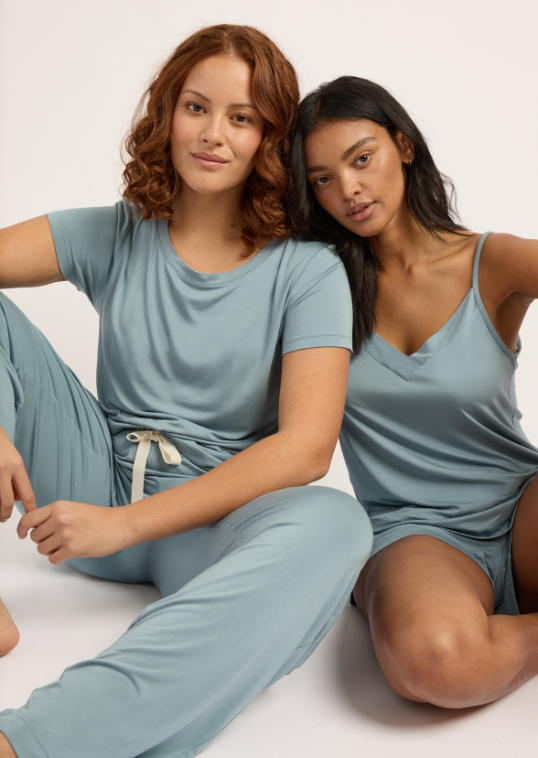

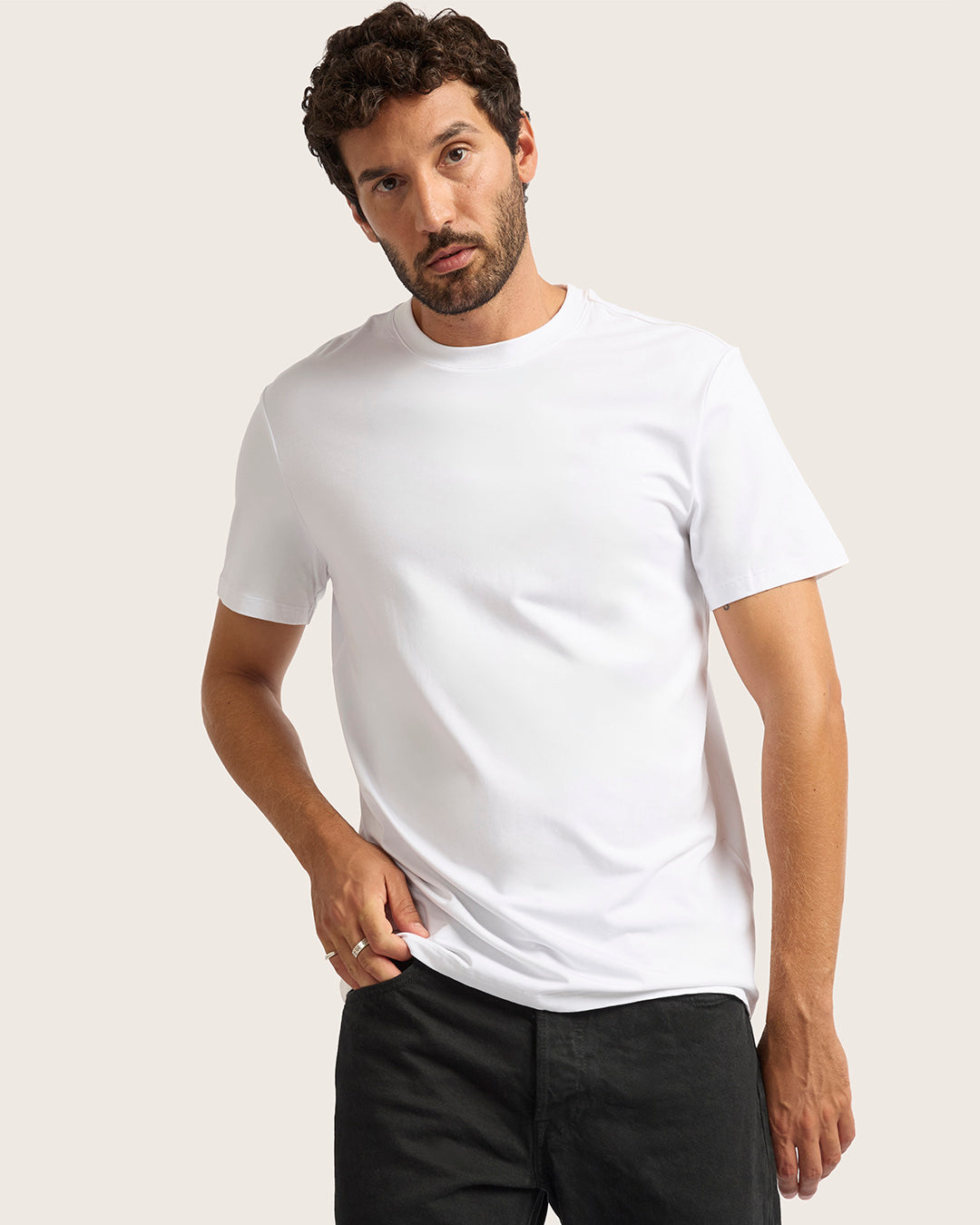

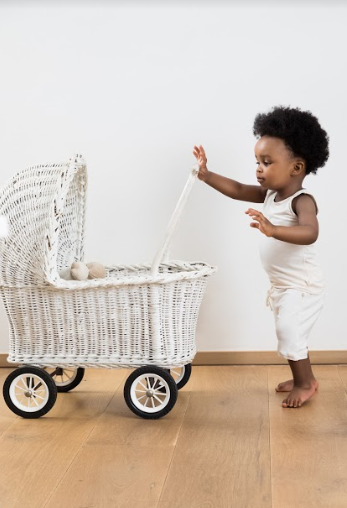
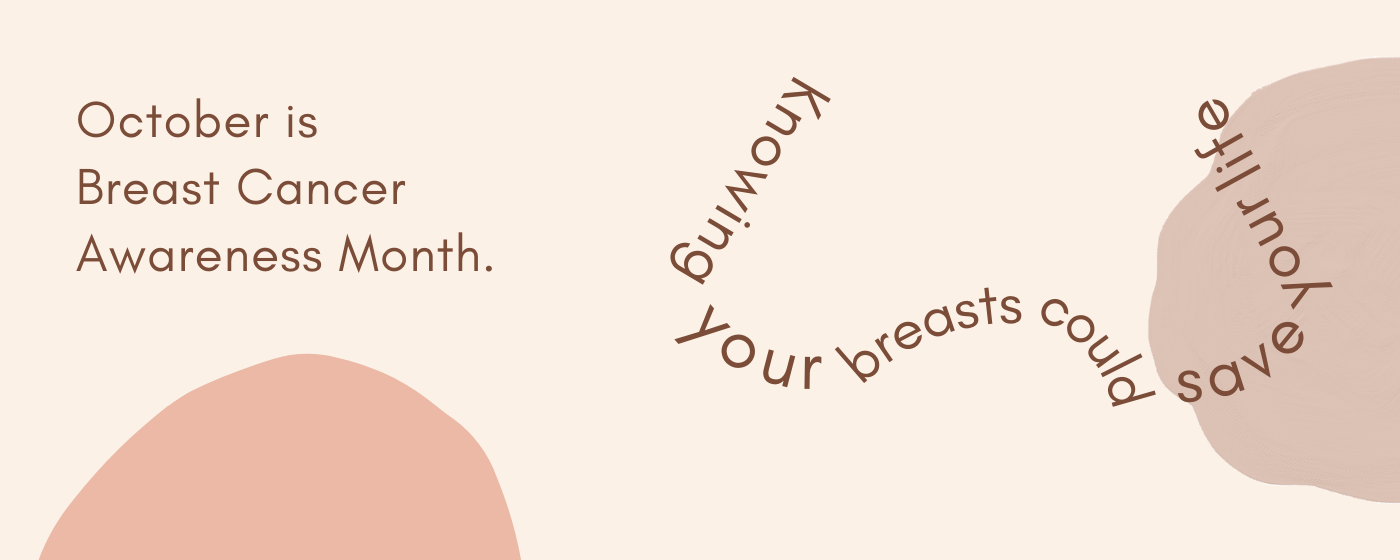
Leave a comment
All comments are moderated before being published.
This site is protected by hCaptcha and the hCaptcha Privacy Policy and Terms of Service apply.